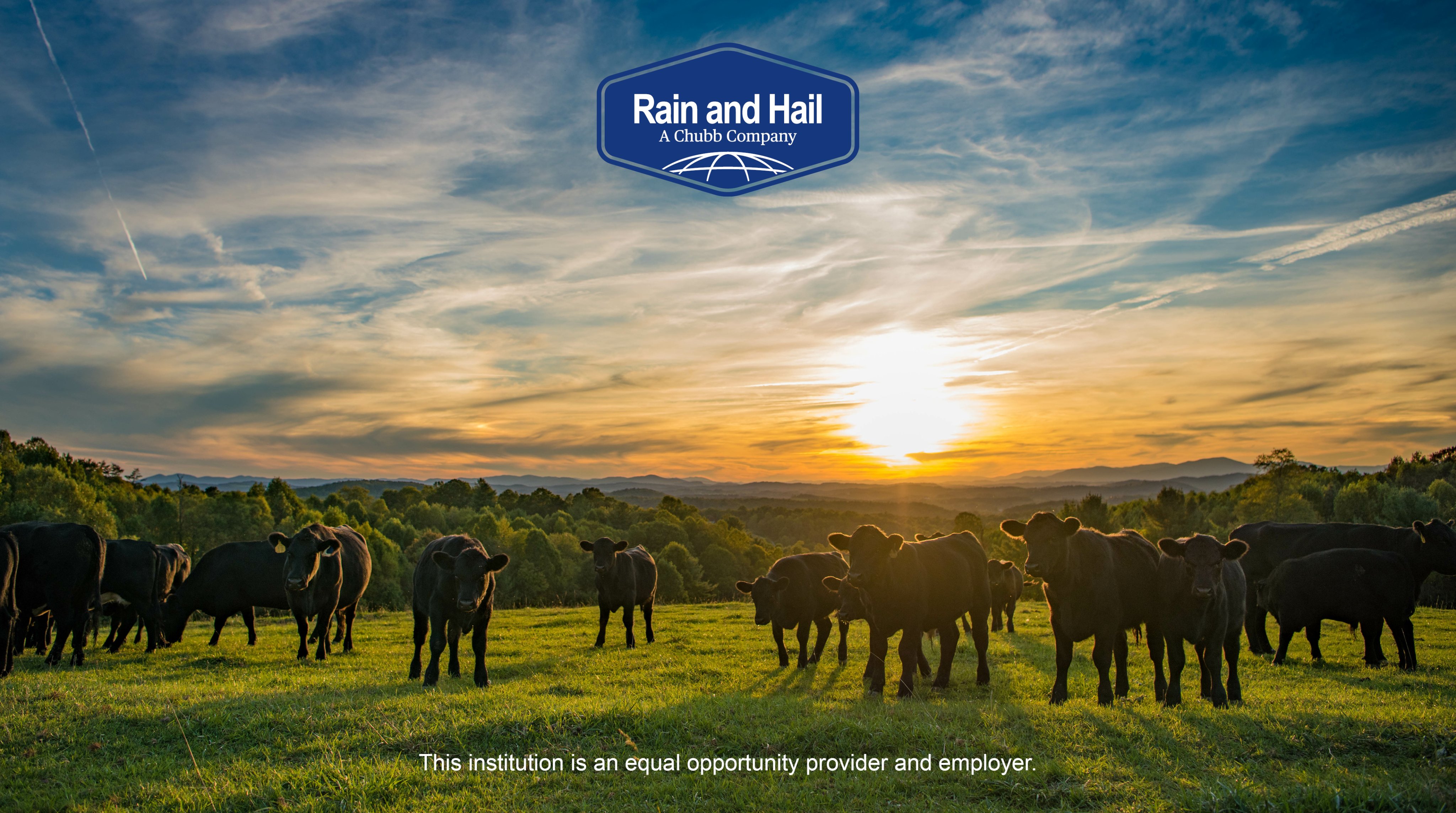Raise Your Know-how with Bagley Risk Management
Raise Your Know-how with Bagley Risk Management
Blog Article
Recognizing Livestock Danger Protection (LRP) Insurance Coverage: A Comprehensive Guide
Navigating the world of livestock threat protection (LRP) insurance coverage can be an intricate venture for lots of in the farming sector. From exactly how LRP insurance policy operates to the numerous coverage options available, there is much to discover in this detailed overview that might possibly form the means animals producers come close to danger management in their services.

Just How LRP Insurance Policy Functions
Periodically, comprehending the mechanics of Animals Threat Security (LRP) insurance coverage can be intricate, however breaking down just how it works can supply clarity for ranchers and farmers. LRP insurance policy is a danger management tool created to safeguard animals producers versus unforeseen price decreases. The policy enables manufacturers to set a coverage degree based upon their particular demands, selecting the variety of head, weight variety, and coverage cost. As soon as the policy remains in area, if market value drop below the insurance coverage cost, manufacturers can sue for the distinction. It is necessary to note that LRP insurance policy is not an earnings warranty; rather, it focuses only on rate threat security. The insurance coverage duration commonly varies from 13 to 52 weeks, offering adaptability for manufacturers to choose a period that straightens with their manufacturing cycle. By making use of LRP insurance coverage, farmers and herdsmans can reduce the economic threats associated with changing market value, making sure higher security in their operations.
Qualification and Protection Options

When it involves coverage choices, LRP insurance coverage uses producers the flexibility to choose the insurance coverage degree, coverage period, and endorsements that ideal suit their danger monitoring needs. Protection degrees generally vary from 70% to 100% of the anticipated finishing value of the insured livestock. Producers can also pick insurance coverage durations that line up with their manufacturing cycle, whether they are guaranteeing feeder cattle, fed cattle, swine, or lamb. Recommendations such as rate threat protection can additionally tailor insurance coverage to shield against negative market changes. By comprehending the qualification standards and insurance coverage alternatives offered, animals manufacturers can make educated choices to take care of threat properly.
Advantages And Disadvantages of LRP Insurance
When evaluating Animals Threat Security (LRP) insurance, it is important for animals manufacturers to evaluate the advantages and drawbacks intrinsic in this danger management device.

One of the primary advantages of LRP insurance policy is its capacity to give protection against a decline in livestock prices. Additionally, LRP insurance coverage uses a level of adaptability, permitting manufacturers to personalize insurance coverage degrees and plan durations to fit their certain requirements.
Nonetheless, there are additionally some drawbacks to consider. One constraint of LRP insurance policy is that it does not shield versus all sorts of dangers, such as disease outbreaks or natural disasters. Premiums can sometimes be costly, particularly for producers with large livestock herds. It is critical for manufacturers to thoroughly examine their specific danger exposure and economic circumstance see this site to figure out if LRP insurance coverage is the ideal risk management device for their operation.
Comprehending LRP Insurance Policy Premiums

Tips for Making The Most Of LRP Advantages
Making the most of the benefits of Animals Risk Protection (LRP) insurance coverage calls for tactical preparation and aggressive risk monitoring - Bagley Risk Management. To maximize your LRP insurance coverage, take into consideration the complying with tips:
On A Regular Basis Analyze Market Conditions: Stay notified concerning market fads and price changes in the informative post animals market. By keeping an eye on these elements, you can make educated decisions regarding when to purchase LRP coverage to shield against potential losses.
Set Realistic Coverage Levels: When choosing protection levels, consider your production expenses, market price of livestock, and potential dangers - Bagley Risk Management. Establishing realistic coverage levels makes sure that you are adequately protected without paying too much for unneeded insurance policy
Expand Your Protection: Rather of depending entirely on LRP insurance, consider diversifying your threat monitoring strategies. Combining LRP with various other threat administration tools such as Discover More Here futures contracts or alternatives can give comprehensive insurance coverage against market uncertainties.
Evaluation and Change Protection Frequently: As market conditions change, occasionally examine your LRP coverage to guarantee it straightens with your present threat direct exposure. Readjusting protection degrees and timing of purchases can aid maximize your risk defense approach. By complying with these suggestions, you can optimize the benefits of LRP insurance policy and guard your livestock procedure versus unanticipated risks.
Final Thought
To conclude, animals danger defense (LRP) insurance coverage is a beneficial device for farmers to manage the monetary threats related to their animals operations. By understanding exactly how LRP functions, qualification and protection choices, as well as the benefits and drawbacks of this insurance policy, farmers can make informed decisions to safeguard their livelihoods. By thoroughly considering LRP costs and executing approaches to take full advantage of benefits, farmers can reduce prospective losses and make certain the sustainability of their operations.
Animals manufacturers interested in obtaining Livestock Risk Defense (LRP) insurance can explore a range of qualification standards and insurance coverage options tailored to their certain animals procedures.When it comes to insurance coverage options, LRP insurance coverage uses manufacturers the versatility to select the insurance coverage degree, insurance coverage duration, and recommendations that best suit their risk administration requirements.To comprehend the intricacies of Livestock Risk Protection (LRP) insurance completely, comprehending the aspects affecting LRP insurance coverage costs is critical. LRP insurance costs are determined by numerous components, including the protection degree picked, the anticipated price of animals at the end of the insurance coverage duration, the kind of livestock being insured, and the length of the insurance coverage duration.Evaluation and Adjust Coverage On a regular basis: As market problems alter, periodically assess your LRP insurance coverage to guarantee it lines up with your current threat direct exposure.
Report this page